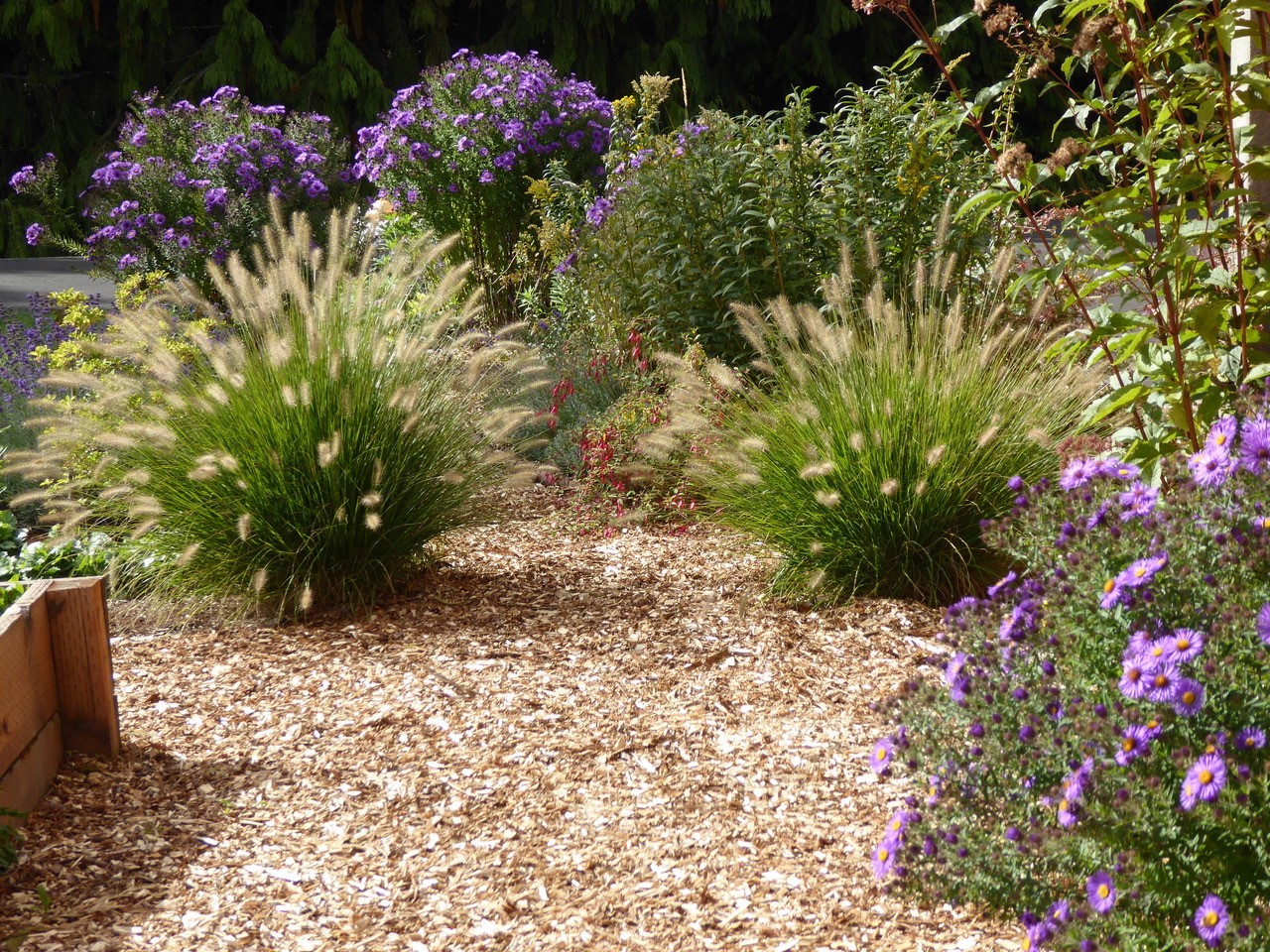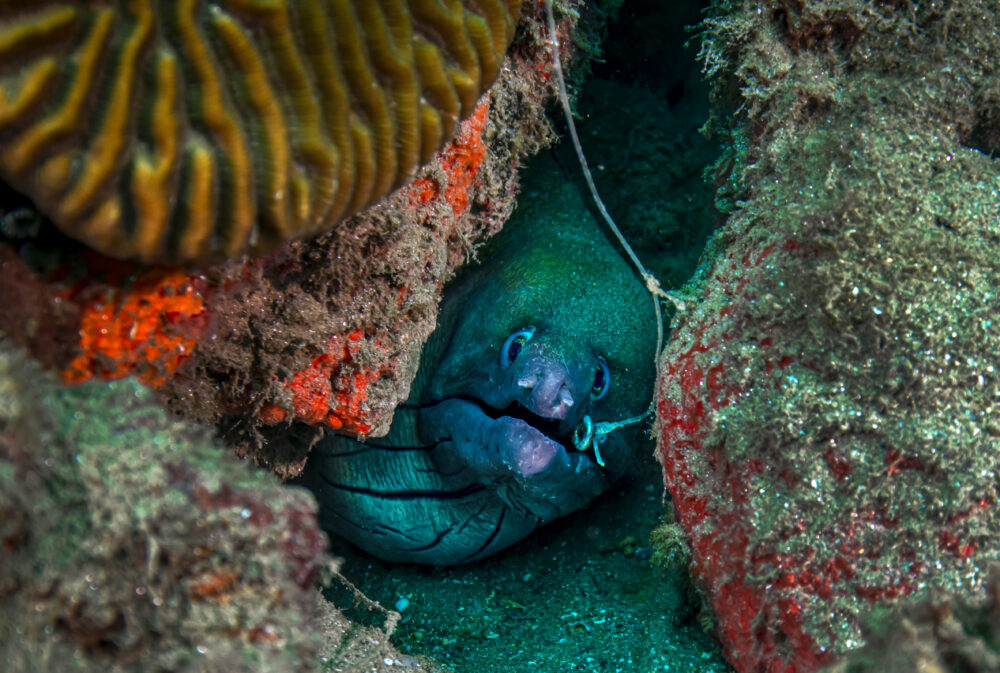We have much more to do and your continued support is needed now more than ever.
Washington State Celebrates Garden for Wildlife’s 50th Year!

2023 Ushers in Half a Century of Garden for Wildlife’s “Certified Wildlife Habitat” Program
In 1973, two U.S. Forest Service researchers in Massachusetts conducted a small study. Their plan: discover ways to convert residential yards into habitats for native plants and species. Working together with the USFS researchers, the National Wildlife Federation designed a program with core components to assist wildlife: food, water, cover and places to raise their young and sustainable practices.
This was the departure point for the Garden for Wildlife’s popular program, Certified Wildlife Habitat.
Close to fifty years later, in 2017, the program had well over 3.5 million acres of Certified Wildlife Habitat in backyards, suburban spaces, gardens, and fields across the nation: in Washington state alone there are more than 12,000 Certified Wildlife Habitats.
“Washington State and Seattle in particular have contributed to the growth of this 50 year program. In a comparison of cities with similar size populations, (between 700,000-800,000 persons) Seattle ranks first in the number of Certified Wildlife Habitats per capita for that range,” says Mary Phillips, Head of Garden for Wildlife™/Certified Wildlife Habitat®, National Wildlife Federation.
More than ever, these community member-made urban and suburban habitats are needed in the Puget Sound Region of Washington State. Wildlife habitats, and the watersheds they are a part of, are under threat from stormwater runoff and the pollutants it brings through waterways.
Certified Wildlife Habitats use native plants, striving for at least 50-70% native plants to increase wildlife impact, that naturally have deeper roots to soak up water and pollutant runoff, preventing it from entering the ocean or other waterways. Every community member, business, homeowner, or apartment renter across the nation has the ability to combat environmental issues like these with Certified Wildlife Habitats.
2023 is the Certified Wildlife Habitat program’s 50th year in operation. The program has already made major progress in expansion and awareness across the country, especially in states like Washington. The program will make a big push in 2023 to continue to grow across the country by helping community members better understand the major impact they can make in their own yard and statewide.
Planting with a purpose
Doug Tallamy, a professor in the Department of Entomology and Wildlife ecology at University of Delaware who has done research for the Garden for Wildlife program, said, “Unlike conventional garden landscapes, Certified Wildlife Habitats provide an abundance of benefits for surrounding environments across the nation. And we should be planting these gardens with the utmost importance for the sake of the climate change and biodiversity crisis our world faces.”
Tallamy goes on to add that humanity can no longer depend on the conservation of parks or reservations, but needs to include private land. “Whether it’s your backyard or front yard, if you are an owner of land on earth you have a responsibility to make sure you are doing your part to help the environment,” says Tallamy.
When you plant a Certified Wildlife Habitat, whether you realize it or not, you do it for so many reasons bigger than yourself. It may be to support the biodiversity of plants in the area, give birds and mammals a place to live and raise their young, or prevent pollutants from entering your community canals.
Whatever your reasoning, the actions that you take towards building a Certified Wildlife Habitat have immediate effects that you will see firsthand right outside your window.
The Critical Role of Habitat Connectivity
“The bigger picture is that the flyways of key migratory species like birds and pollinators are disconnected and these species’ populations are declining,” says Courtney Sullivan, Regional Director for Education and Engagement for National Wildlife Federation.
In the Puget Sound Region surrounding Seattle, the populations of migratory birds like tundra swans and pollinators like bumblebees have declined, according to NWF.
“Human development has scattered the normal migration patterns of animals and [disrupted] access to healthy habitat,” Sullivan says. “We can support these migration patterns–it will take a group effort to create habitat corridors and waystations.”
There is a strong community of NWF members in the Pacific Northwest that have their own Certified Wildlife Habitats. These members, some of whom are also NWF volunteers, have helped other organizations in the area build their habitats.
Longtime NWF volunteer, Julie O’Donald, has a Certified Wildlife Habitat of her own on her property in the greater Seattle area. “This program has not only given me the opportunity to be part of a natural process every year, but also connect with a great and caring community that stretches from coast to coast,” says O’Donald. “We are connecting species critical to Earth’s survival with their necessary habitats and at the same time connecting with one human to another.”
Help can come from anywhere, from anyone
Anybody from anywhere in the country is capable of being part of the program, if they plant native plants to provide food, cover and places for wildlife to raise their young and add a water source. The Native Plant Finder tool developed in collaboration with Doug Tallamy makes it easy to find the right plants by zip code.
“It is our responsibility, all 8 billion of us,” states Tallamy.
As the 50th year of this program approaches, it is not too late to get involved and learn how to build your own Certified Wildlife Habitat with ease.
Ryan Murphy is a journalism student who writes about conservation and environmental justice.





















